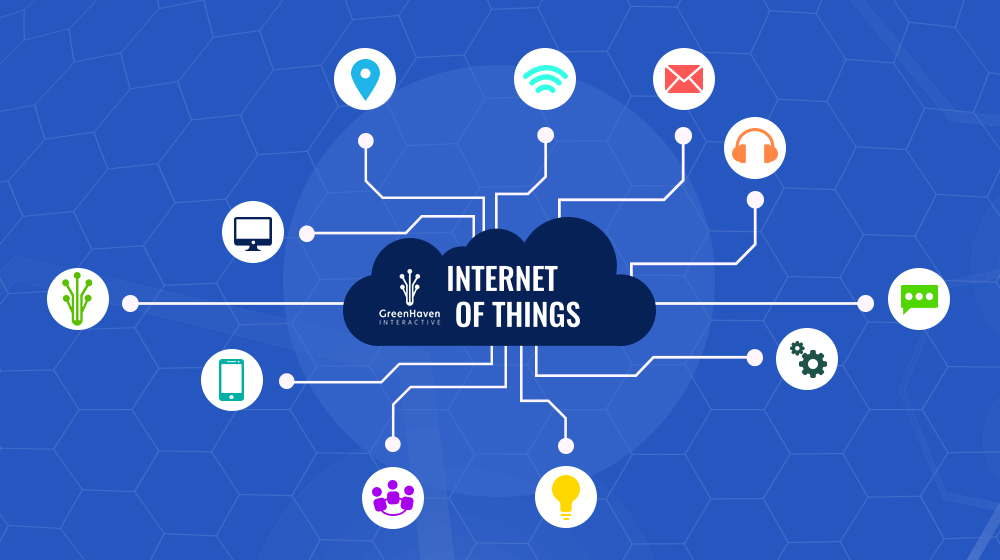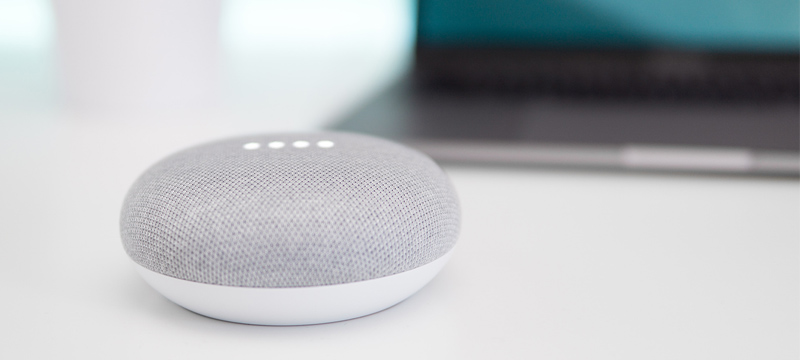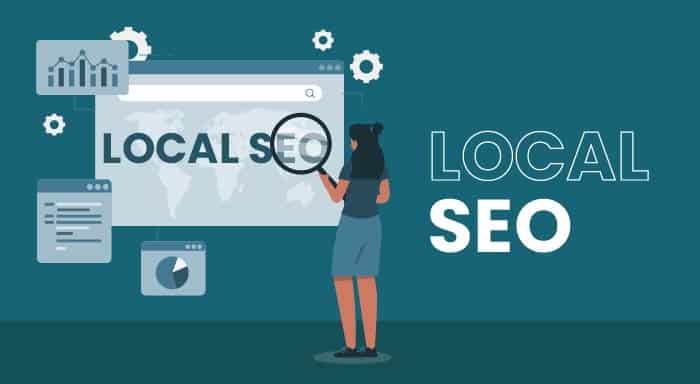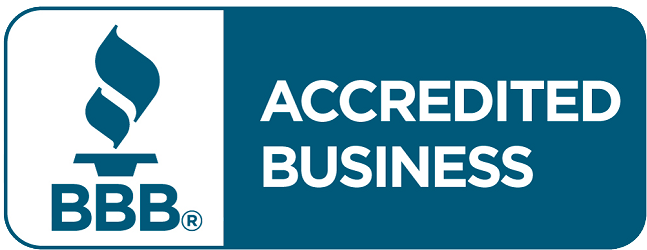
The Internet of Things (IoT) is rapidly transforming how people interact with technology. From smart home devices to wearable technology and voice-activated assistants, IoT is shaping the way consumers search for and engage with online content. This shift requires businesses to rethink their SEO strategies to stay visible in an increasingly interconnected world. By optimizing content for IoT-driven searches, companies can ensure they remain competitive in the evolving digital landscape.
Contents
Understanding the IoT Landscape
IoT refers to the network of internet-connected devices that collect, process, and share data. These include smart speakers (Amazon Echo, Google Nest), wearable devices (smartwatches, fitness trackers), smart appliances, and even connected vehicles. As these devices become more prevalent, the way users conduct searches is changing. Instead of typing queries into a search bar, more consumers are relying on voice assistants and AI-driven interactions to find the information they need.
How IoT is Changing Search Behavior
The rise of IoT is revolutionizing search behavior in several ways:

- Increased Voice Searches – With devices like Alexa and Siri, users are shifting toward voice searches, which are often phrased as natural questions rather than short keywords.
- Conversational and Long-Tail Queries – People are more likely to use complete sentences and questions, such as “What are the best coffee shops near me?” rather than simply searching “best coffee shops.”
- Local and Intent-Based Searches – Many IoT searches have local intent, meaning businesses must optimize for “near me” searches and ensure their location-based information is accurate.
- Immediate and Direct Answers – Users expect fast, precise responses, often sourced from featured snippets or voice-optimized content.
Adapting SEO Strategies for the IoT Era
1. Optimize for Voice Search
Voice search optimization is essential for reaching users who interact with IoT devices. Since voice searches are more conversational, businesses should:
- Focus on long-tail keywords and natural language phrases.
- Structure content to answer frequent questions directly.
- Use FAQ sections to format content in a question-and-answer style.
- Target featured snippets, as voice assistants often pull answers from them.
2. Prioritize Local SEO
Since many IoT searches are local, businesses must optimize their local SEO efforts. Key strategies include:

- Claiming and updating Google Business Profile information.
- Encouraging and responding to customer reviews.
- Using location-based keywords in website content.
- Ensuring NAP (Name, Address, Phone number) consistency across all directories.
Learn more about local SEO best practices at GreenHaven Interactive.
3. Improve Website Speed and Mobile Optimization
IoT devices require fast, seamless interactions. A slow or unoptimized website can negatively impact search rankings. To optimize for speed and mobile:
- Implement responsive web design.
- Compress images and minimize HTTP requests.
- Use Accelerated Mobile Pages (AMP) for faster loading times.
- Optimize Core Web Vitals to improve user experience and search rankings.

4. Structure Content for Featured Snippets
Featured snippets are a major source of information for IoT searches. To increase the chances of being featured:
- Use structured data markup (schema) to help search engines understand your content.
- Answer questions concisely and clearly.
- Format content with bullet points, numbered lists, and headings.
5. Leverage AI and Machine Learning for SEO
With search engines using AI algorithms like Google’s RankBrain, understanding user intent is more important than ever. To align with AI-driven searches:
- Focus on user intent rather than just keywords.
- Use AI-powered SEO tools to analyze search patterns and optimize content.
- Implement dynamic content that adapts to user behavior.
Leveraging Insights
IoT devices generate vast amounts of user data, offering valuable insights into search behavior. Businesses can use this data to:
- Identify trending topics and frequently asked questions.
- Tailor content strategies based on user preferences.
- Personalize marketing efforts by understanding customer behaviors and search patterns.

The Future of SEO in an IoT-Driven World
As IoT technology continues to evolve, businesses must stay ahead by embracing new SEO techniques. Some emerging trends include:
- Increased Focus on Conversational AI – Search engines are prioritizing context-aware AI, making conversational SEO more critical.
- Greater Personalization – AI-driven personalization will make search results even more tailored to individual users.
- Integration with Wearable Technology – As smartwatches and AR glasses gain traction, optimizing for on-the-go searches will become vital.
In conclusion, the Internet of Things is reshaping search behavior, making it essential for businesses to adapt their SEO strategies. By focusing on voice search, local SEO, mobile optimization, structured content, and AI-driven insights, companies can stay competitive in an IoT-dominated world. GreenHaven Interactive specializes in helping businesses navigate these changes, ensuring their digital marketing strategies remain effective in the evolving landscape.





